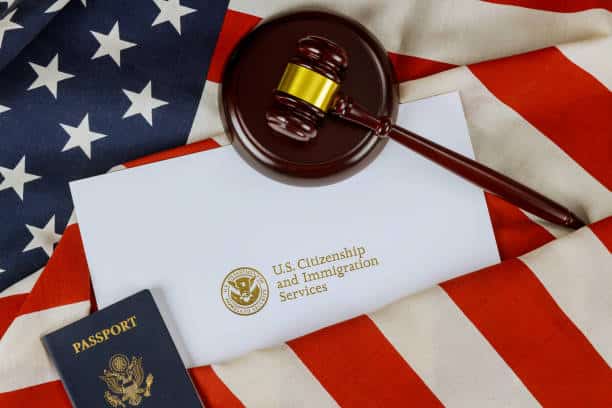In 2020, the annual weather event known as hurricane season delivered 30 “named storms” between June and November, 13 of which were hurricanes. According to the National Oceanic and Atmospheric Administration, that’s more than twice the number of hurricanes an average season endures and yet another stressor on the American Southeast during the coronavirus pandemic.
It was a long season as storms developed in the Atlantic before hurricane season technically started in June and lingered throughout the month of November when hurricane season traditionally ends.
Meteorologists even predicted the bombardment of hurricanes. As a result, Saxe Doernberger & Vita, P.C., a Connecticut-based law firm that represents policyholders in insurance coverage disputes, created a Natural Disaster Recovery Practice Group, becoming one of the few national firms that have a practice area focused solely on hurricanes.
The group has helped everyone from homeowners to small businesses to multinational companies navigate insurance issues when introducing its free online resource called “The Hurricane Season Policyholder’s Handbook.” A property owner may think any and all hurricane-caused damage is covered under what policy they have, but the fine print of that policy may say otherwise.
“We saw that property owners were experiencing the same problems over and over again,” says SDV West Coast Managing Partner Jeremiah Welch, prompting the firm to write the hurricane document. “We wanted to give people a high-level look at things that matter ahead of time.”
SDV publishes articles and other content via its website, social media, and partnerships with brokerages, but this type of specific handbook is a first for the firm. Welch says 85 percent of the firm’s clients are commercial property owners and no matter how big they are, taking an insurance company to court is expensive for everyone.
In many cases, “many sole proprietors and small business owners have exposure in multiple states,” Welch says. “If it’s not handled the right way, it can be devastating.”
For instance, lawsuits that go to trial are likely to cost more than the amount a business is trying to have covered by the company in the first place. The whole process can be incredibly disheartening to property owners, and since insurance is a state-regulated issue, protections can vary depending on location. Some states don’t even require hurricane-specific insurance, but many commercial agreements do.
While hurricane damage does fall under most homeowner’s insurance policies, the majority of clients dispute the amount that insurers end up covering them for. After a homeowner receives notice from the insurer, Welch’s team hears the same question from clients: “Am I stuck with what they’re saying?”
Some companies will only offer coverage for “named storms,” as opposed to just severe rainstorms. This year, meteorologists ran out of letters in the alphabet and resorted to using the Greek alphabet, something they hadn’t done since 2005. Even if the damage-causing storm is named, it’s critical to confirm whether your policy covers damage caused by wind, water, or both.
“You have to read the policy,” Welch says, or have a conversation with your broker to explain it to you. He advises people to buy insurance from a trusted source with an actual broker or a dedicated agent for questions, issues, and claims.
SDV West Coast Managing Partner Jeremiah Welch Every state is different. If you have property in Florida, you need someone familiar with what’s going on in Florida. If you buy insurance over the internet, “it’s hard to know what you don’t know.”
Another issue that both Welch and the handbook recommend regarding clarifying coverage is what most buildings have in them already: mold.
“From the insurance company’s point of view, mold is a wild-card; most homeowners policies don’t cover it because most properties have it in some form or another.”
But if a hurricane causes extreme water damage and mold is created, as a result, will your policy cover it? Or any kind of water damage? The property owner must know for certain, he says.
Welch offers the following advice for property owners preparing for the 2021 season:
Know how your policy covers various types of water-related damage, including storms and flooding. Does the deductible change depending on the cause of the damage?
If you think you’re not getting the coverage you paid for, talk to someone who knows. “Go find someone that you can talk to and find out if you are being treated fairly. There are so many resources. Policyholders often don’t realize that they’re leaving money on the table.”
There will almost certainly be an uptick in insurance pricing for the coming year. And as for what Mother Nature has in store? NOAA releases its hurricane season forecast in May.
The handbook is available now on SDV’s website, at www.sdvlaw.com , under the Natural Disasters page, and can also be found on the firm’s LinkedIn and Facebook pages @SDVLaw.
Copyright © 2020 California Business Journal. All Rights Reserved.
This article was edited and published by Rick Weinberg, California Business Journal’s Founder and Editor-in-Chief. Click here for Rick Weinberg’s biography.
TO READ THE MAGAZINE VERSION OF THIS ARTICLE , click here .
For testimonials on the impact of California Business Journal articles, click here .




